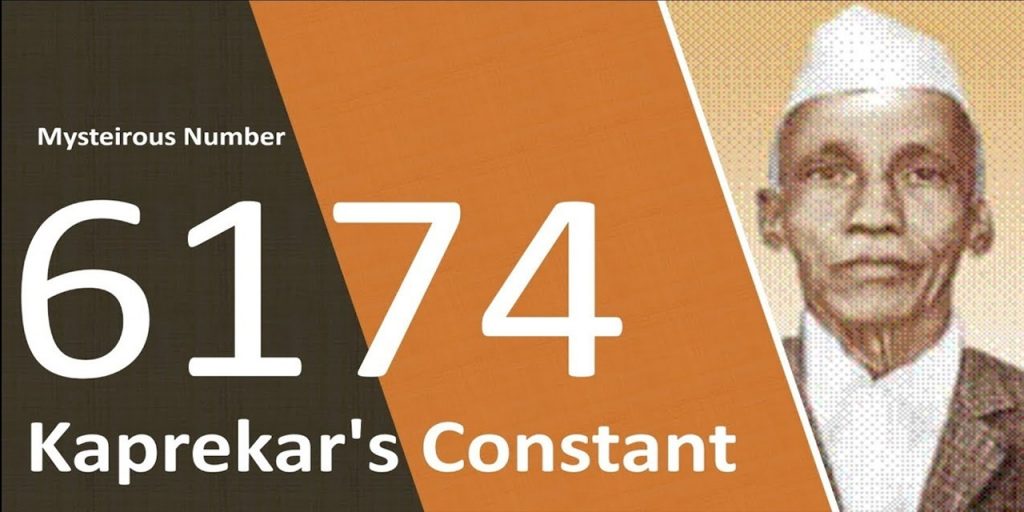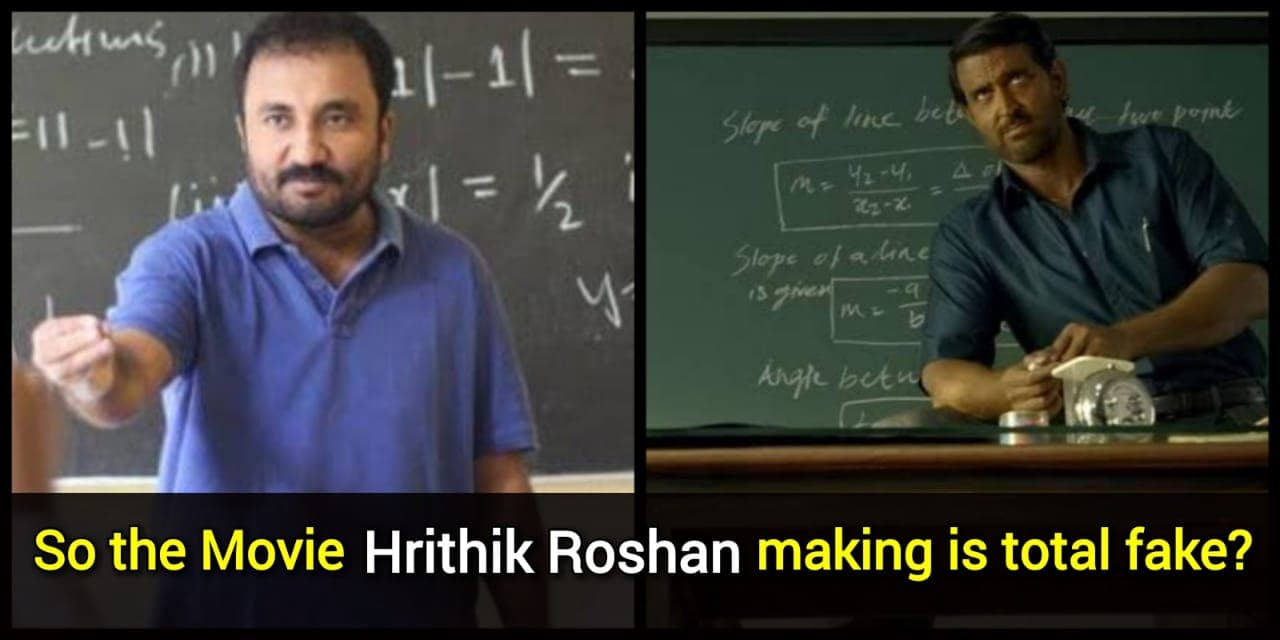No products in the cart.
D. R. Kaprekar: great Indian Mathematician who discovered the Kaprekar constant, let’s praise him
It will not be surprising if I say Mathematics is the most popular subject for Indians. We have made a great contribution in the field of Mathematics right from the Vedic age. Indian mathematics emerged from 1200 BCE. Some students of 10th and 12th class, who are keen to learn Mathematics and spend several hours to solve Mathematics problems, get full marks in Math subject. Today, we will talk about such a great Indian Mathematician named Dattaraya Ramchandra Kaprekar who made our country proud.
Indian-origin mathematician, D. R. Kaprekar scripted history as he won the Wrangler R. P. Paranjpe Mathematical Prize for his “impeccable contributions in the field of mathematics”. Born on January 17, 1905, at Dahanu near Mumbai, Kaprekar was an Indian mathematician who described several classes of natural numbers including the Kaprekar, Harshad and Self numbers and discovered the Kaprekar constant, named after him. He was not respected as he did not have any formal mathematical training. Since he was a teacher, he did not have enough money to do research.
Kaprekar completed his secondary school education in Thane and studied at Fergusson College in Pune. He further completed his bachelor’s degree from the University of Mumbai in 1929. He started his career as a schoolteacher. Though he did not have formal training in pure mathematics. Working as a schoolteacher, he developed his own mathematical research and became well known in recreational mathematics circles. From 1930 until his retirement in 1962, he worked as a school teacher in Devlali, India.
He developed his interest in Mathematics and calculation inspired him. He started working on his favorite subject and used to try to find short tricks to solve mathematical equations. He would spend hours solving mathematical puzzles and problems.
It is the number 6174. To see how it is constant, take any four-digit number in which not all digits are alike. Arrange the digits in descending order and reverse them to make a new number. If this process is repeated with the remainders, eventually, say, in eight steps or more, the constant 6174 is arrived at and this number then itself.

He made great contributions towards various topics such as magic squares, recurring decimals, integers with special properties and much more. But D. R. Kaprekar came into limelight when Martin Gardner wrote about Kaprekar in his March 1975 column of Mathematical Games for Scientific American. From being a great teacher








